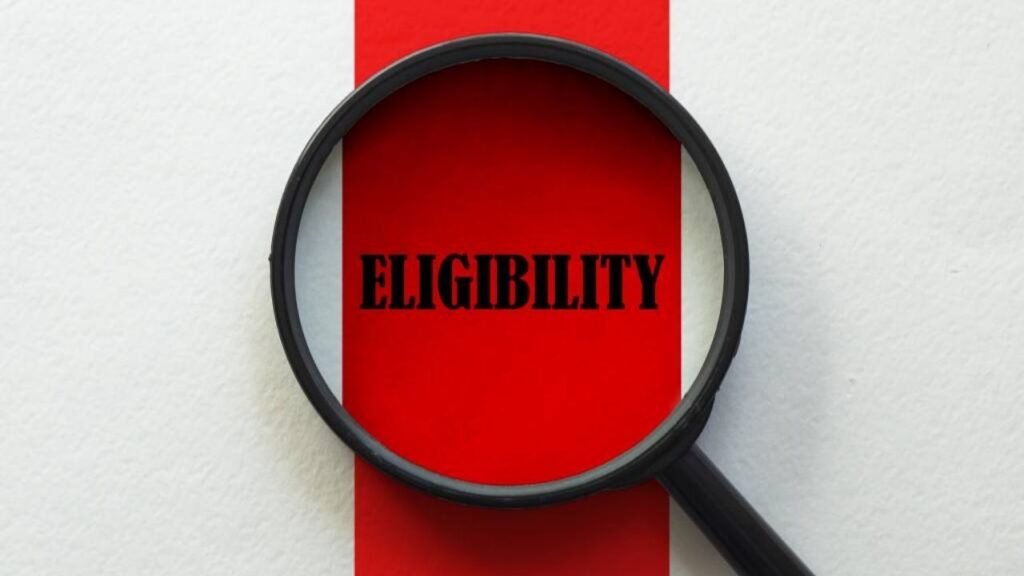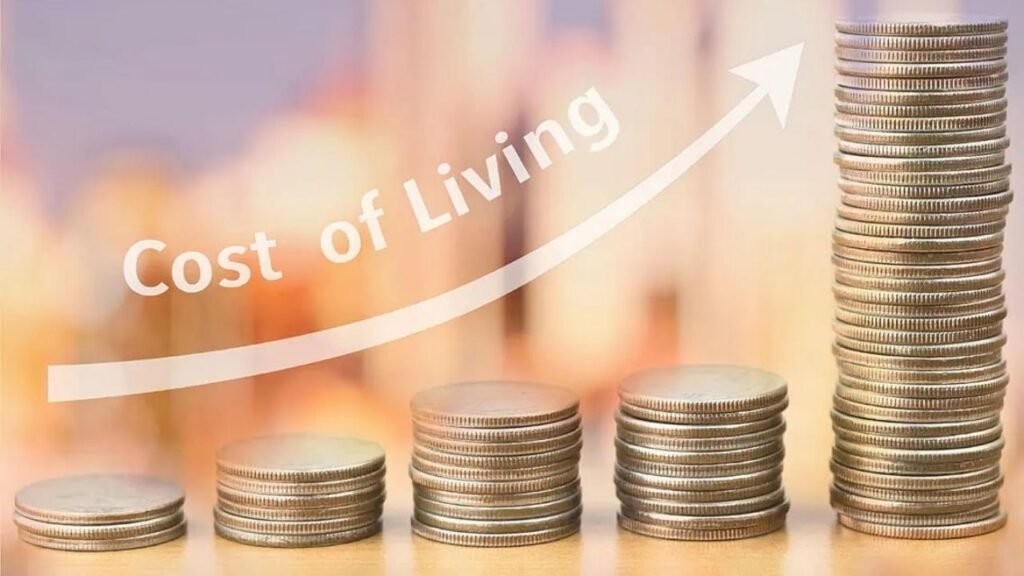In response to escalating living costs, the Singaporean government has unveiled a chain of assist measures in its 2025 Budget, aimed at alleviating financial pressures on households and organizations. A crucial issue of this initiative is the distribution of S$800 in Community Development Council (CDC) vouchers to each Singaporean family over the path of 2025. This effort underscores the government’s commitment to helping its citizens amidst worldwide economic challenges.
Understanding the CDC Vouchers
The CDC vouchers are designed to offset daily expenses by using allowing households to buy critical goods and services from participating merchants, hawker stalls, and supermarkets. The distribution is scheduled in levels: the primary tranche of S$500 can be disbursed in September 2025, observed by using the closing S$300 in January 2026.
What Is the $490 Cost of Living Payment?
The charge is a right away coins transfer intended to offer financial comfort to Singaporeans facing rising living costs. The initiative ensures that vulnerable organizations and lower-income households receive additional help while additionally extending partial benefits to middle-income families.
Eligibility Criteria

The eligibility standards for the CDC vouchers are sincere:
- Citizenship: Only Singaporean households qualify for the vouchers.
- Household Definition: A family is defined as a collection of individuals living on the identical residential cope with, sharing household expenses.
There are no extra earnings or assets ownership standards, making sure vast-based totally support throughout diverse demographic segments.
Additional Support Measures
Beyond the CDC vouchers, the government has brought several different projects to further ease the financial burden:
- U-Save Rebates: Eligible Housing and Development Board (HDB) families will receive U-Save rebates ranging from S$440 to S$760, aimed at offsetting utilities bills. These rebates could be dispensed in April and October 2025, masking about three months’ well worth of utilities for the ones living in 3- and 4-room residences.
- Commemorative Vouchers: In birthday party of Singapore’s 60th year of independence, all Singaporeans elderly 21 and above will obtain an extra S$600 worth of vouchers in September 2025. Seniors elderly 60 and above will get hold of S$800.
- Tax Rebates: A 60% private profits tax rebate, capped at S$200, has been introduced for the 2025 assessment year, presenting further financial relief to individual taxpayers.
Application Process
The distribution of CDC vouchers and different guide measures is designed to be seamless:
- Automatic Disbursement: Eligible families will automatically acquire notifications concerning the vouchers and rebates.
- Digital Access: Vouchers could be accessible via the LifeSG mobile software, permitting customers to control and redeem them effortlessly.
- Assistance for Non-Digital Users: For the ones much less acquainted with virtual systems, bodily series options and network assistance could be to be had to make certain inclusivity.
Impact on Cost of Living

Singapore’s cost of living is motivated by various factors, along with housing, utilities, transportation, and day by day necessities:
- Housing: Rental expenses for a one-bedroom condo within the city middle variety from S$2,500 to S$4,000 in line with month, whilst comparable inns in suburban regions cost among S$1,500 and S$2,500.
- Utilities: Monthly utilities, inclusive of electricity, heating, cooling, water, and rubbish, average round S$150 for a trendy condominium.
- Groceries: Basic grocery objects together with milk, bread, and eggs contribute to monthly grocery expenses starting from S$500 to S$1,000.
- Transportation: A monthly public transportation skip costs between S$100 and S$120 in keeping with individual.
Final Thought
The Singaporean government’s proactive technique in addressing cost-of-living issues through the 2025 Budget displays its dedication to the properly-being of its residents. By enforcing measures consisting of the CDC vouchers, U-Save rebates, and tax reliefs, the authorities pursuits to mitigate economic pressures and keep a excessive popular of living for all Singaporeans. Households are endorsed to live knowledgeable approximately these projects and make use of the available guide to manipulate their expenses effectively.
FAQ’s
How will the payment be disbursed?
Payments will be made through PayNow (NRIC-linked) or direct bank transfers. Cheques will be used only if no bank details are available.
When will the payment be made?
The disbursement is expected in mid-2025, with most recipients receiving funds in the first two weeks of rollout.
Who will receive the $490 Cost of Living Payment?
About 1.2 million Singapore citizens, mainly low- and middle-income individuals, will qualify.
What if I don’t have a PayNow or bank account?
You will still receive a cheque, but processing will take longer.


